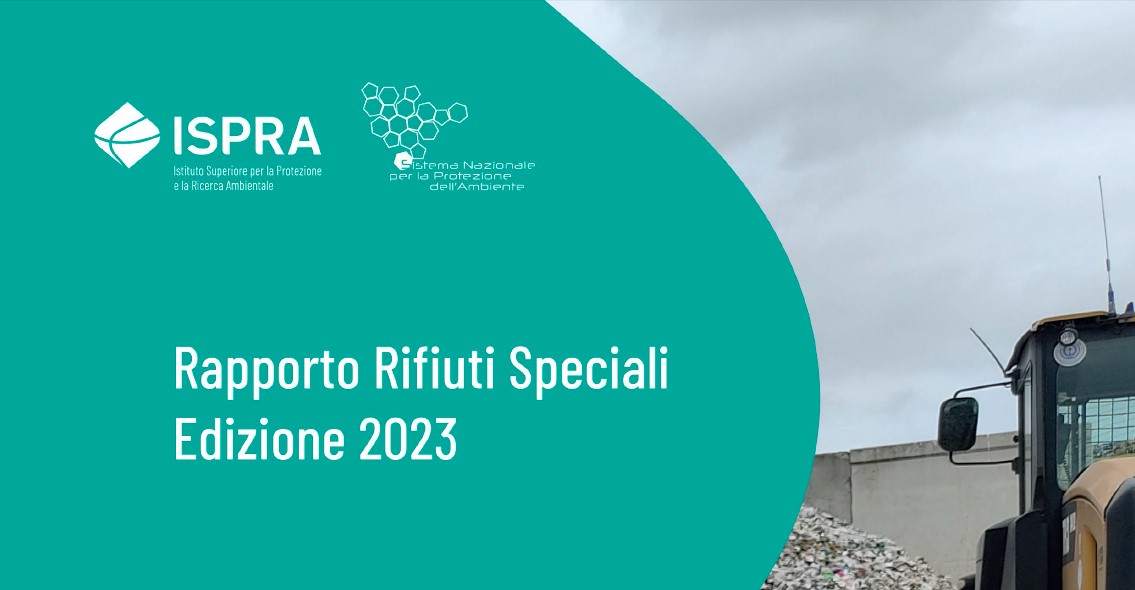ISPRA “SPECIAL WASTE REPORT – 2023 EDITION”

The “Special Waste Report – 2023 Edition” was recently published by ISPRA (Istituto Superiore per la Protezione e la Ricerca Ambientale).
The national production of special waste stands at 165 million tonnes, showing a significant increase (+12.2%) compared to 2020, corresponding to almost 18 million tonnes. The construction and demolition sector, with 78.7 million tonnes, confirms itself as the one with the highest total production, accounting for 47.7% of total production. 18.2% is produced, on the other hand, by manufacturing activities as a whole (about 30.1 million tonnes), while other economic activities contribute a total of 9.9% (about 16.2 million tonnes).
Non-hazardous waste (93.5 per cent of the total waste generated) amounted to 154.3 million tonnes, an increase of 17.1 million tonnes (+12.5 per cent), while hazardous waste amounted to almost 10.7 million tonnes, an increase of about 820 thousand tonnes (+8.3 per cent).
The total amount of special waste managed in Italy is 178.1 million tonnes, of which 168 million tonnes (94.4% of the total managed) are non-hazardous and the remaining 10 million tonnes (5.6% of the total managed) are hazardous.
There are 10,763 operating special waste management plants of which 5,928 are located in the North, 1,899 in the Centre and 2,936 in the South. In Lombardy, 2,153 facilities are located, 20% of the total number of plants on the national territory. There are 4,601 plants dedicated to material recovery (42.7% of the total). There are 300 plants that co-incinerate waste, while there are 74 incineration plants and 270 operational landfills (119 for inert waste, 140 for non-hazardous waste and 11 for hazardous waste).
Material recovery represents the predominant share of special waste management with 72.1% (128.3 million tonnes), while disposal operations account for 15.7% (28 million tonnes).
1.1 million tonnes of special waste are disposed of in incineration plants, of which approximately 654 thousand tonnes (59.3% of the total) are non-hazardous and 450 thousand tonnes (40.8% of the total) hazardous. About 1.9 million tonnes are used as fuel in industrial plants.
Landfilling involves about 10.2 million tonnes of waste (5.7% of the total managed), of which about 9 million tonnes is non-hazardous and over 1.2 million tonnes hazardous. Compared to 2020 (year of the COVID-19 emergency), there is an increase of about 309 thousand tonnes (+3.1%).
More info at the following link.
